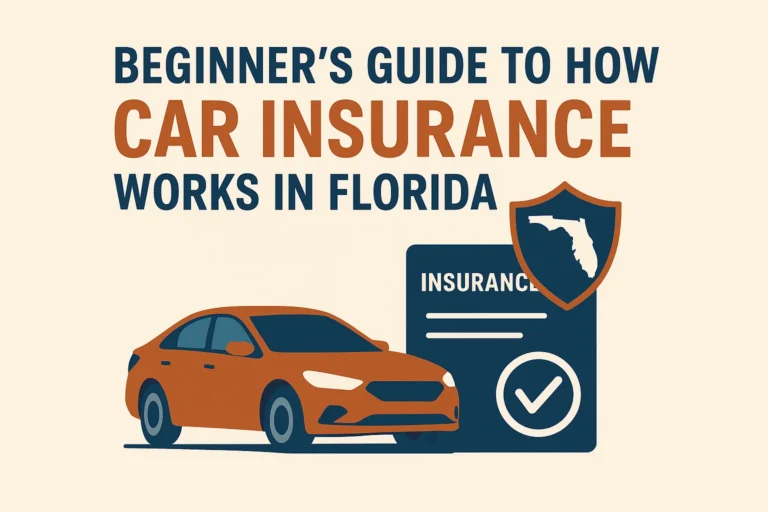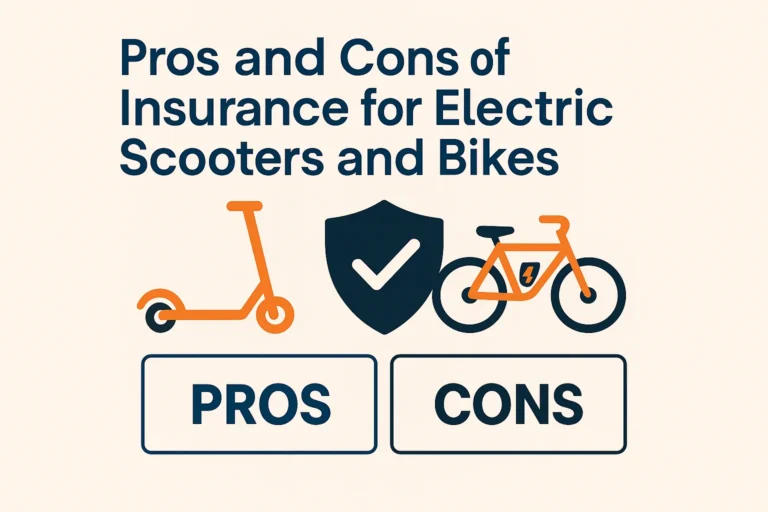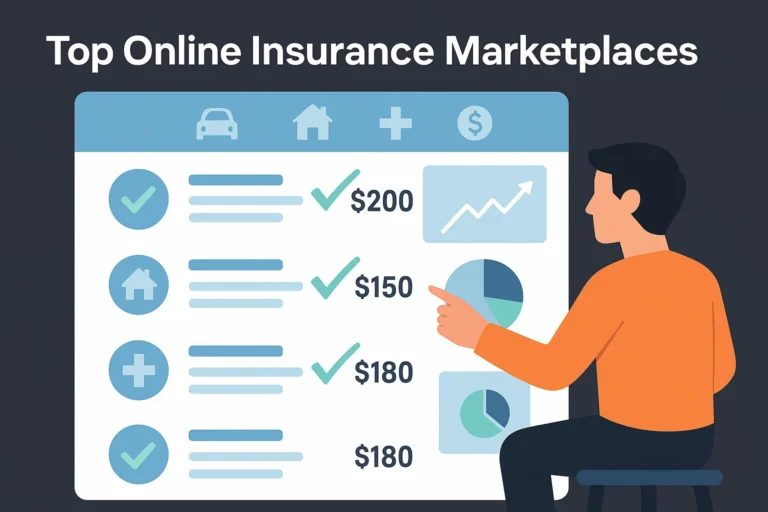As the need for flexible vehicle coverage grows, temporary car insurance is emerging as a valuable alternative to traditional annual policies. This guide is designed for beginners seeking to understand how to acquire short-term vehicle coverage, while also exploring key industry trends, statistical insights, and expert commentary.
Whether you’re renting a car for a road trip, borrowing a vehicle temporarily, or seeking interim coverage while switching providers, this comprehensive guide offers clarity and direction. Backed by recent data and academic perspectives, readers will learn not only the “how” but also the “why” behind short-term vehicle insurance.
History and Evolution of Temporary Car Insurance
The concept of temporary car insurance emerged as a response to lifestyle shifts and technological innovation in the insurance industry. While traditional policies date back to the early 20th century, flexible insurance formats did not take shape until the late 1990s with the growth of digital underwriting.
Initially launched in countries with high vehicle rental usage such as the UK and the United States, temporary insurance policies were primarily designed for tourists and corporate renters. These early offerings were characterized by limited coverage, cumbersome documentation, and high premiums.
By the mid-2000s, InsurTech startups began experimenting with API-driven policy creation, enabling users to activate insurance by the hour or day. This allowed for an unprecedented level of personalization, lowering barriers for younger drivers and short-term users.
Today, many national insurers and tech-driven agencies offer temporary auto insurance with options ranging from 1 to 30 days. In countries like Canada, Germany, and Australia, these policies are also used for imported cars awaiting registration or for drivers undergoing relocation processes.
Current Market Data and Trends
According to a 2024 study by IBISWorld, the global market size for short-term auto insurance reached $6.8 billion, with an expected compound annual growth rate (CAGR) of 8.7% through 2030. North America accounts for 42% of the market share, followed by Europe (29%) and Asia-Pacific (19%).
Consumer preferences are driving this trend. A 2023 Deloitte report indicated that 62% of drivers under age 35 prefer on-demand insurance options compared to fixed-term policies. Digital claim processing and app-based policy control ranked among the top decision drivers.
| Region | Market Share (%) |
|---|---|
| North America | 42% |
| Europe | 29% |
| Asia-Pacific | 19% |
| Rest of World | 10% |
Similarly, claims ratios for temporary policies have remained lower than long-term coverage, according to the National Association of Insurance Commissioners (NAIC), due to shorter exposure periods and limited liability windows.
| Policy Type | Claims Frequency |
|---|---|
| Temporary (1–30 days) | 15 |
| Annual | 29 |
Sector Comparisons and Use Cases
Rental Car Drivers
Renters often rely on short-term insurance to avoid expensive daily coverage from rental agencies. Policies offered through providers like DayInsure or Hertz partner policies are often cheaper and offer better liability protection.
Student and Youth Drivers
Younger drivers—especially students—frequently use temporary coverage while borrowing family vehicles or during school holidays. Many apps such as Veygo by Admiral are optimized for drivers under 25.
Test Drive and Dealership Coverage
Some dealerships now offer short-term coverage to customers test-driving high-value vehicles. Temporary policies are also used during auto auctions and transport logistics.
Future Outlook and Industry Projections
Industry forecasts suggest that by 2030, more than 15% of all car insurance transactions will be usage-based or temporary in format. This will be driven by the increasing popularity of subscription-based vehicle ownership and shared mobility services.
Insurers are developing AI-driven underwriting models that use GPS, vehicle diagnostics, and driver behavior data to assign real-time risk scores. This will allow for dynamic pricing models where temporary coverage may adjust based on driving conditions or time of day.
Regulatory adaptation is also expected. Countries like Germany and Japan are exploring insurance frameworks that support multi-driver, multi-vehicle micro-insurance schemes, with pilot programs already in effect in 2025.
Expert Opinions and Academic Sources
According to Dr. Elena Rivas from the University of Oxford’s Centre for Insurance Innovation, “Temporary car insurance offers both economic and environmental efficiencies when integrated with mobility-as-a-service platforms.” (Source)
In a peer-reviewed 2024 article by the Journal of Risk & Insurance, short-term policies were linked with lower fraud incidence and higher consumer satisfaction ratings. Read the full article here.
Furthermore, a McKinsey & Co. whitepaper on digital insurance transformation highlighted on-demand vehicle insurance as one of the top five disruptors in the next decade (McKinsey Report).
Conclusion and Summary
Temporary car insurance is no longer a niche service—it is a rapidly expanding part of the auto insurance ecosystem. As mobility habits evolve and digital solutions mature, short-term coverage will become more accessible, customizable, and integrated with other travel services.
For beginners, understanding how to evaluate providers, read policy exclusions, and compare durations is crucial. Always consult local regulations, and whenever possible, use trusted digital platforms or broker-certified insurers.
Frequently Asked Questions
How long can I get temporary car insurance for?
Most providers offer durations between 1 day and 30 days. Some extend up to 90 days depending on jurisdiction.
Can I get temporary insurance if I have points on my license?
Yes, but expect higher premiums. Some providers may deny coverage based on specific violations within the past 12–36 months.
Is temporary insurance cheaper than traditional coverage?
It depends on the use case. For short-term needs, it’s generally cheaper. However, per-day costs can be higher than annualized rates.
Does temporary car insurance cover other drivers?
Usually no, unless explicitly stated. Always verify the “named driver” section of your policy.
Can I get coverage instantly online?
Yes. Many providers now offer instant digital coverage upon identity and license verification.
Related guides you may find useful:






